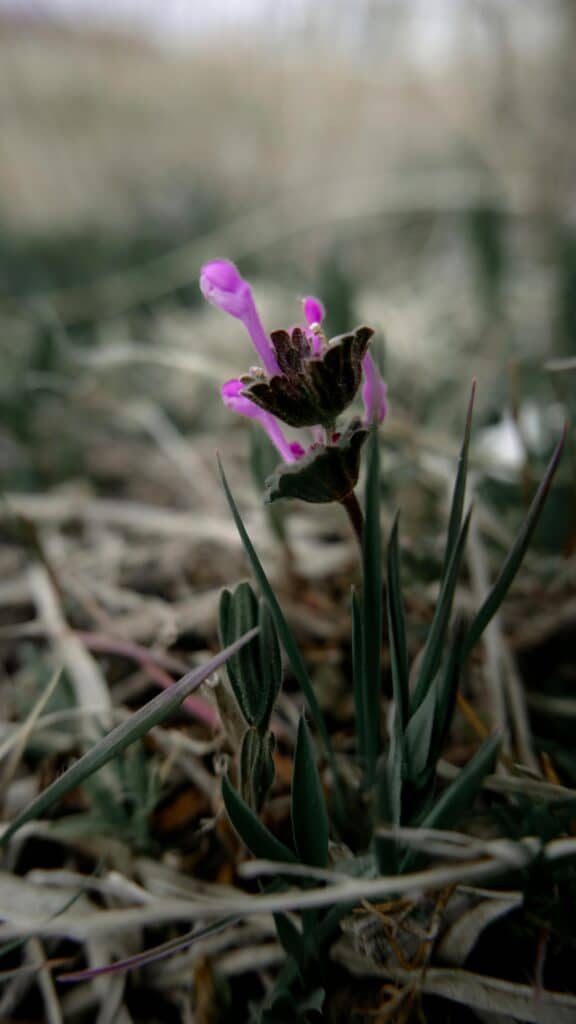Common Winter Weeds and How to Manage Them

Common Winter Weeds in Central Indiana
Here are some of the most common winter weeds that suburban homeowners in areas like Indianapolis, Fishers, and Carmel often encounter:
Chickweed
Appearance: Small, white flowers with bright green leaves.Growth: Thrives in cool, moist areas and spreads rapidly.
Impact: Competes with your lawn for nutrients and water.
Henbit
Appearance: Purple flowers with rounded, scalloped leaves.Growth: Grows in shaded or partially shaded areas.
Impact: Can quickly overtake thin or patchy lawns.
Annual Bluegrass (Poa annua)
Appearance: Fine-textured, light green grass with seed heads.Growth: Prefers compacted or poorly drained soil.
Impact: Weakens your lawn’s overall appearance and density.
Bittercress
Appearance: Small white flowers with a basal rosette of leaves.Growth: Commonly found in lawns and flower beds.
Impact: Creates unsightly patches and spreads seeds aggressively.
Why Winter Weed Control Is Essential
Winter weeds might seem less intimidating than their summer counterparts, but ignoring them can lead to significant problems:
Competition for Resources:
Weeds rob your grass of essential nutrients and water, weakening your lawn.
Spread of Seeds:
Many winter weeds produce seeds that germinate in spring, compounding the problem.
Hindered Spring Growth for Winter Weed Control:
A weed-infested lawn makes it harder for grass to establish itself during the growing season.
Taking proactive steps now can save you time, effort, and expense later.
Effective Winter Weed Control Strategies
Here are proven strategies to tackle winter weeds and prepare your lawn for a strong spring comeback:
1. Apply Pre-Emergent Herbicides
Timing: Early fall or late winter before weeds germinate.Effectiveness: Targets seeds before they sprout, reducing weed growth.
2. Winter Weed Control by Spot Treating Existing Weeds
Method: Use post-emergent herbicides for weeds that have already appeared.Tip: Choose products safe for your grass type and apply during mild, dry weather.
3. Improve Lawn Health
Aeration and Overseeding: Prevent weeds by maintaining a thick, healthy lawn.Fertilization: Feed your lawn in the fall to strengthen roots and minimize weed invasion.
4. Winter Weed Control by Manual Removal
For Small Infestations: Pull weeds by hand to prevent seed spread.Tools: Use a weeding tool to remove roots effectively.
Professional Lawn Treatment for Superior Winter Weed Control
Managing winter weeds on your own can be time-consuming and challenging, especially in clay-heavy soil common to central Indiana. Professional lawn care services provide:Tailored lawn treatment plans designed for your yard’s specific needs.
Eco-friendly herbicide applications that are safe for kids and pets.
Expert advice and long-term strategies to keep your lawn weed-free year-round.
Prepare for a Weed-Free Spring
Winter weeds don’t have to ruin your lawn’s health and appearance. With proper winter weed control and lawn treatment, you can stop weeds in their tracks and give your grass the best chance to thrive.Contact Blue Duck Lawn Care today to schedule your winter weed control service and ensure a lush, healthy lawn all year long!